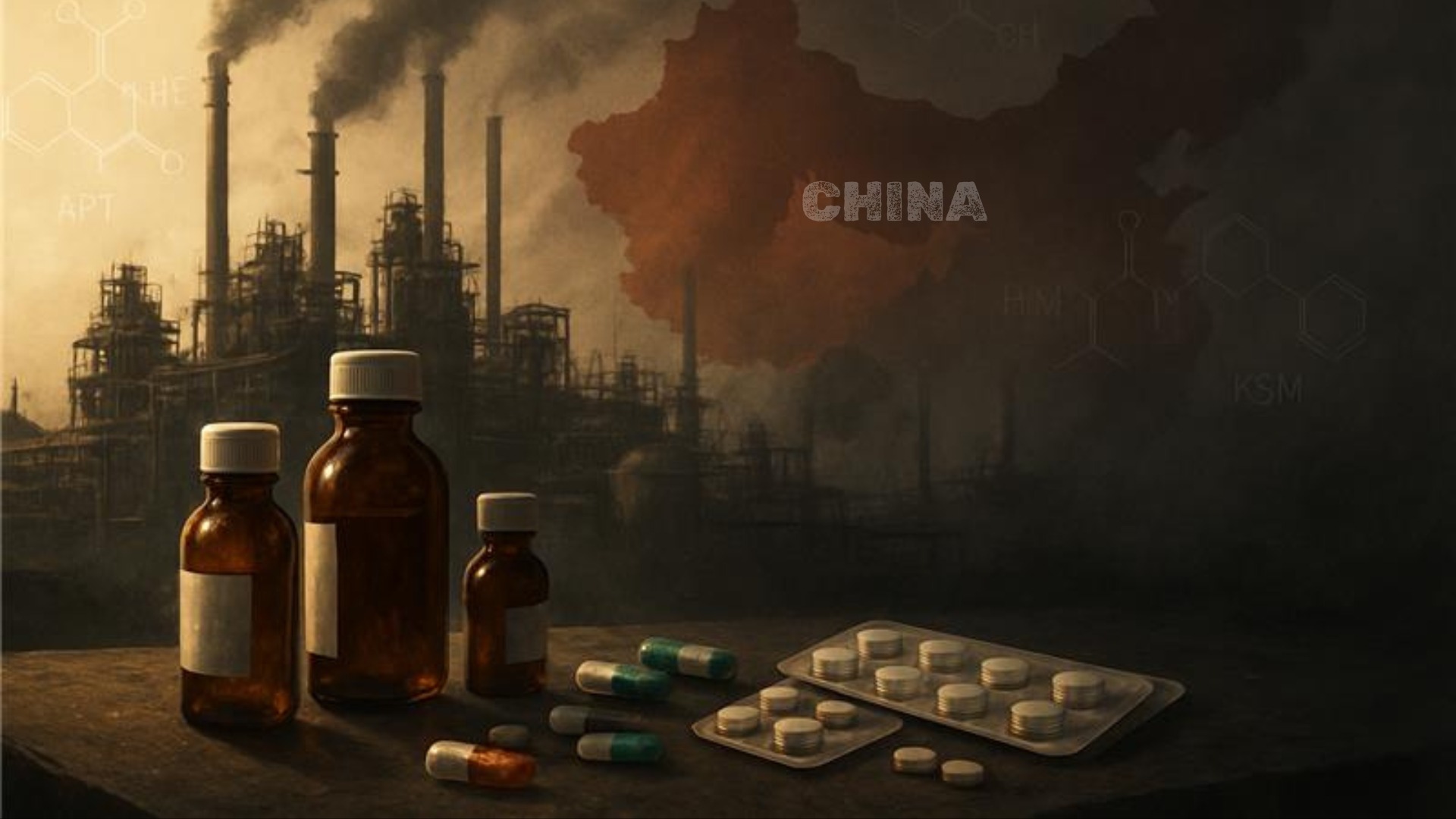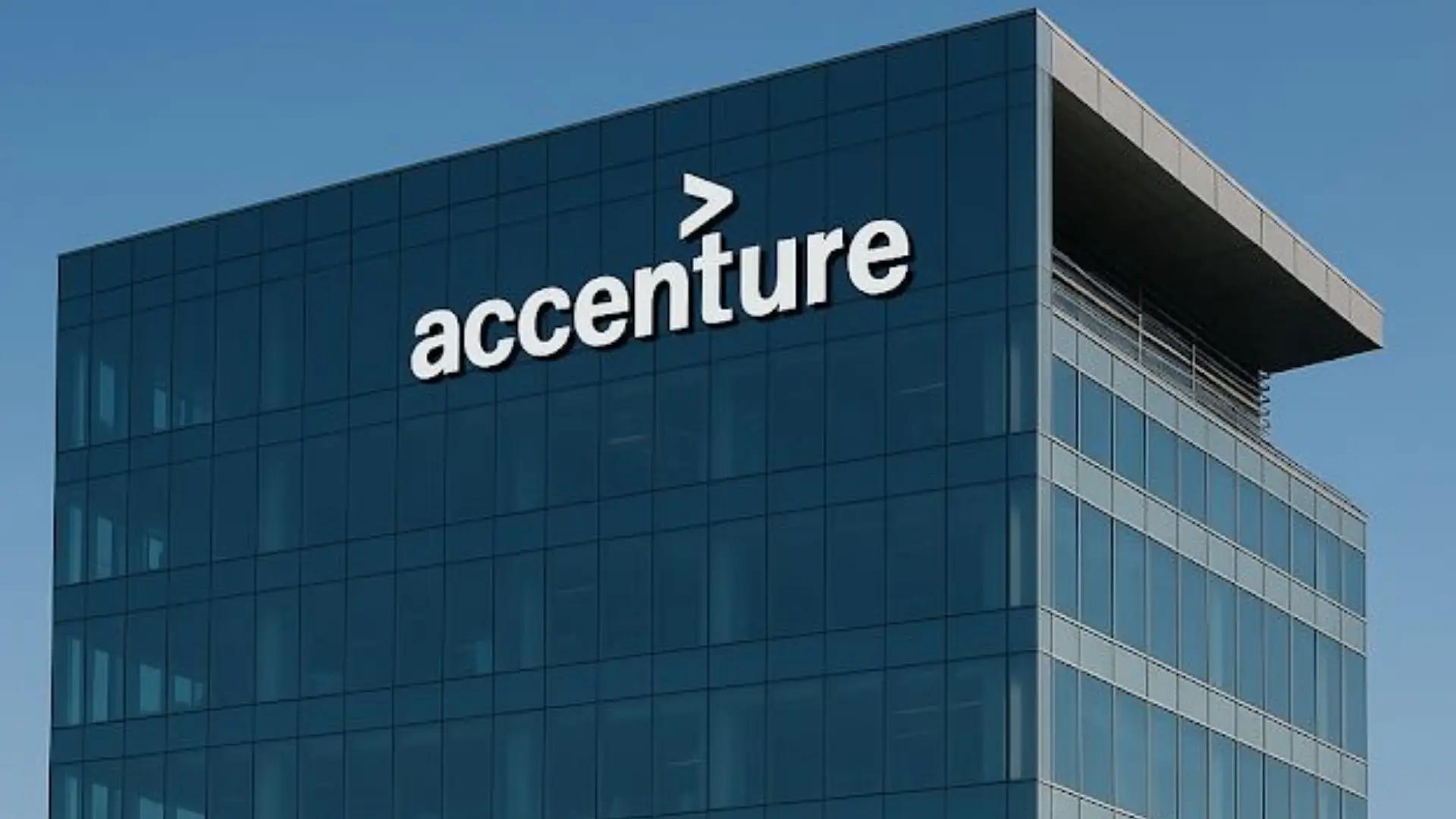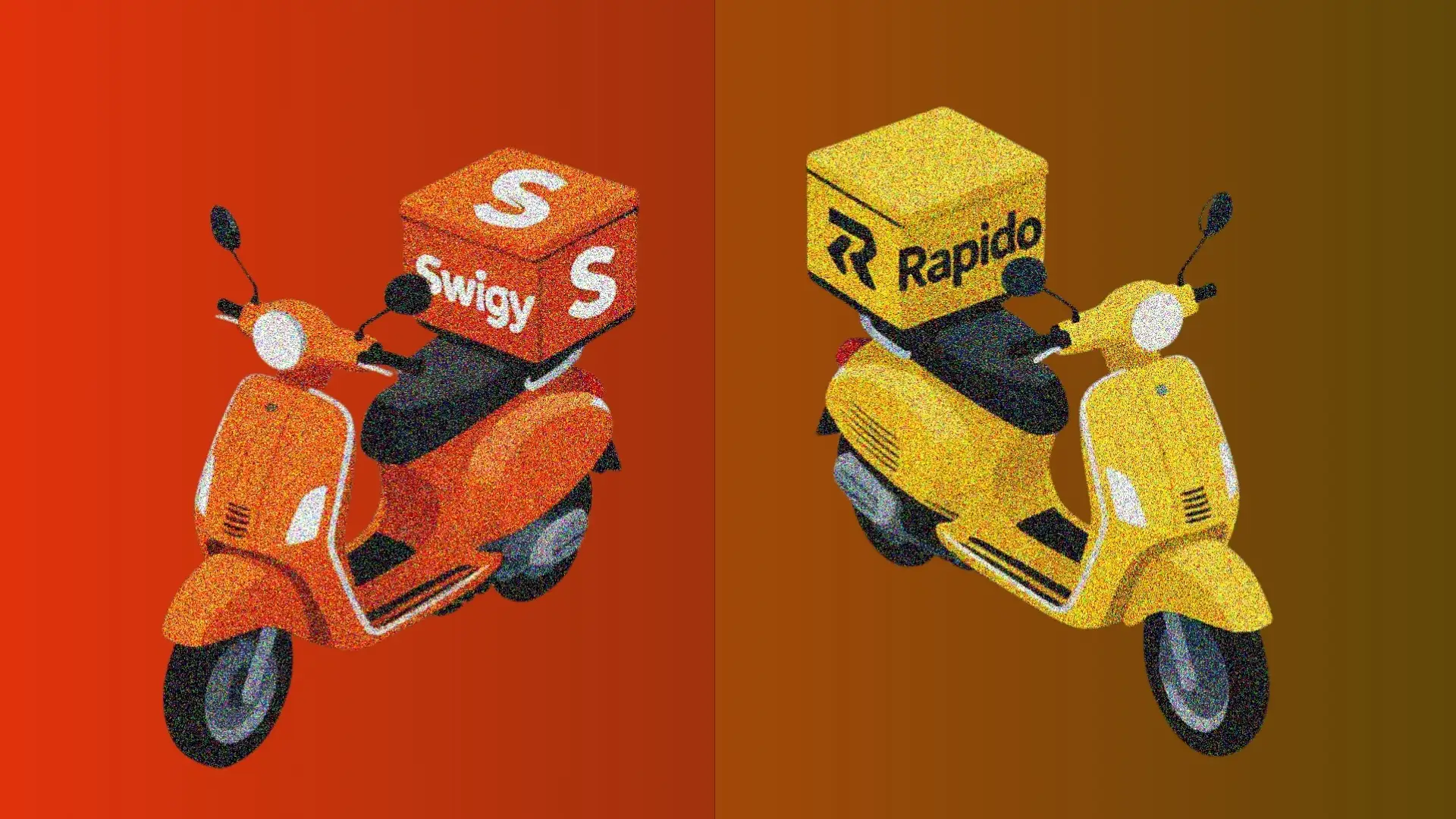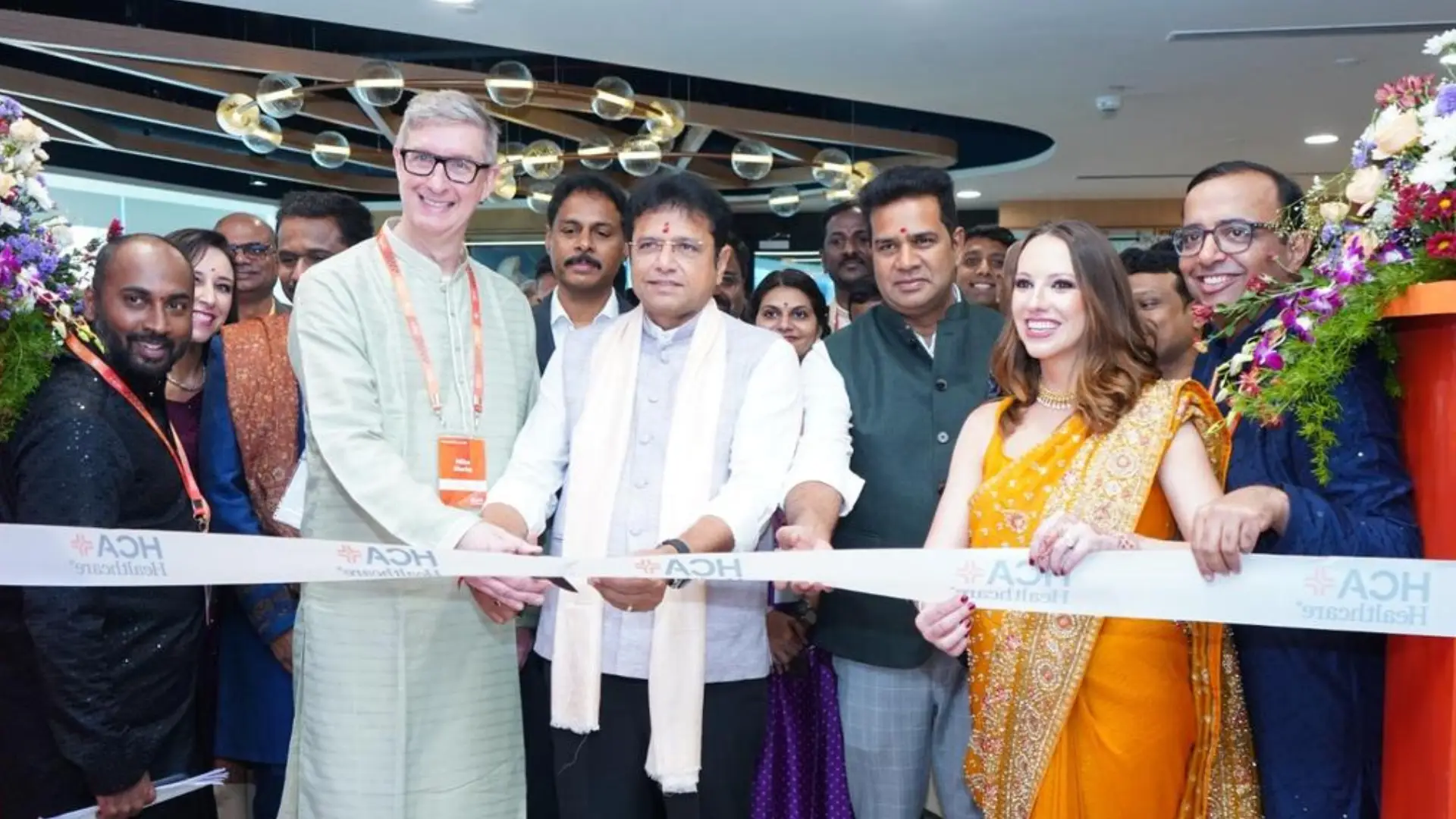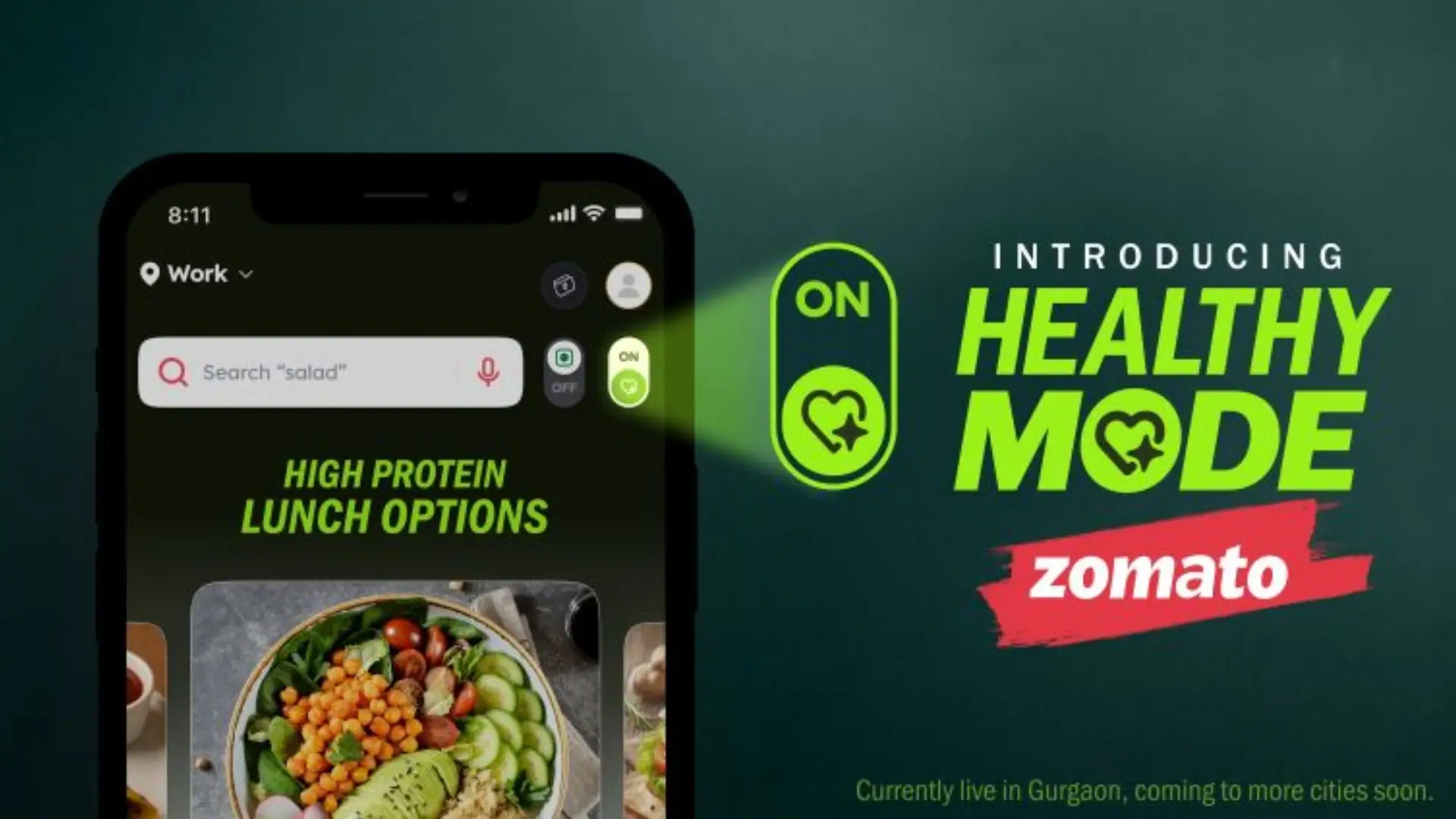India dominates the world with its pharmaceutical industry, and that’s why it is recognized as the “pharmacy of the world.” It is because of its crucial role that it played during COVID, such as supplying vaccines, essential medicines, and also medical supplies.
India is clearly dominating the world by accounting for 60% of global vaccine production, which makes it the largest vaccine producer in the world.
Not just that, India is also one of the biggest suppliers of low-cost vaccines and also the world’s largest provider of generic medicines, holding over 20% share in the global supply.
But there’s a silent problem that will negatively impact India.
But first, let’s understand what generic medicine is. And what are the essential items used in the medicines?
Generic medicines are nothing but the off-patent version of branded drugs. To put it simply, once the patent period of a drug is completed, anyone can actually manufacture the same drug. Everything remains the same, but it comes at lesser costs. This is where we need to talk about APIs(Active Pharmaceutical Ingredient). API(Active Pharmaceutical Ingredient) is what gives a drug its therapeutic effect, meaning it is the core chemical compound that heals, kills bacteria, lowers sugar, reduces pain, and does the job the drug is designed for. So, if paracetamol is the medicine, then “paracetamol” itself is also the API; it is the active ingredient in the tablet.The generic version of any drug needs the exact same API, manufactured at the same or higher level of purity and effectiveness.This is a problem because India relies on China for over 70% of its API needs. Not just that, if it is antibiotics and cardiovascular medicines, we need to depend on imports.
Most of the imports are from China.
But when we could actually manufacture the drugs, why can’t we do it on our own?
This is where KSMs come into the picture. What is this KSM? It is referred to as a “key starting material,” which is a raw material compound that is the first step in the process of drug creation. KSM has no medicinal use, but it is the first step in building the API. Once we get the KSM, then it goes through a series of chemical reactions. Through this process, KSM becomes a “chemical intermediate.” This is like a partially intermediately formed API.
Now these intermediates will become the APIs. The API is the chemical that has the actual therapeutic effect.
To give you more context, let’s say a medicine for fever: To get paracetamol, we need that API, but it starts with P-nitrophenol, which is KSM, and then we get the P-aminophenol, and then the last step is paracetamol.
So, the next question is, why doesn’t India manufacture KSM? The answer is China.
China always tries to dominate the world by producing the goods and material whatever the world needs at a cheaper price.
Once upon a time, India was manufacturing its own APIs, mostly during the early 70s and 80s. But later in the 90s, something strange happened: China started dominating the market.
China started dominating by offering the APIs at a price that is 40% cheaper than India’s APIs. China has built a low-cost API industry, which made it possible for China. China almost has all the essential components that are required for APIs. The policies of the Chinese government also supported the API industry, and moreover, the cost of finance is also another reason why it worked well for China. Yet, the major problem of producing KSMs is that they are very dangerous and pollute the environment. Indian environmental laws are not against it, but China has laws that support those industries. Not just a single reason but multiple other reasons have impacted the APIs and KSM. Moreover, when it comes to the commercial side of it, this is not a very profitable business, as it is highly capital intensive in nature. The profit margins are also lesser, which makes it less attractive. So, when the APIs are available at cheaper prices if we import, there will be less demand for domestic APIs. This slowly led India to give up on manufacturing APIs for ascorbic acid, aspartame, and also some commonly used antibiotics. Eventually not just APIs, but also the materials that are required to manufacture APIs, were also stopped manufacturing in India.
All these have changed India’s direction towards the API.
So, the question here is, what happens if China stops the supply of APIs?
Supply chains will crumble. Drug prices will surge. A public health emergency might not be too far behind. India’s pharma engine runs on APIs made in China, and if that stops, it impacts everything.
But is India doing anything about it? Are our pharma giants and startups rising to the challenge?
Can we reduce our dependency and take back control of our pharmaceutical future?
The Indian government has already launched the Production Linked Incentive (PLI) scheme to boost domestic API manufacturing. Dedicated “bulk drug parks” are being established to reduce environmental and cost barriers. Indian pharma giants and startups alike are exploring biotechnology, green chemistry, and fermentation-based alternatives to traditional APIs and KSMs.
Also Read: Why Indian EdTech Startups Are Failing
